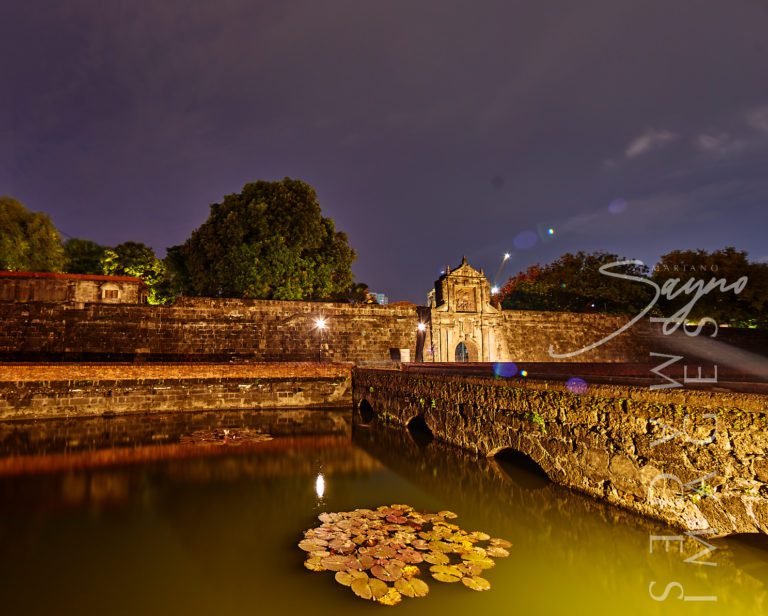
Intramuros: The Historic Walled City of Manila
It is also known as the Walled City, and during the Spanish Colonial Period it was synonymous with the city of Manila. Intramuros was also
Let’s get this out of the way: Manila isn’t for everyone. It’s loud, it’s hectic, traffic can get under your skin—and yet, it has this raw, magnetic energy that keeps pulling people in. It’s the kind of city that doesn’t pretend. It simply is. And for travelers who look past the noise, Manila offers a kaleidoscope of cultural richness, heritage, flavors, and street-level soul that you just don’t get in glossy tourist brochures.
You’re not just visiting a city—you’re stepping into centuries of intertwined stories, colonial collisions, artistic awakenings, and modern resilience. Manila is messy, yes, but it’s also magnificent.
If you want to get a sense of where it all began, you head to Intramuros—the walled city built by the Spanish in the late 1500s. This area was the center of colonial power, and it still carries echoes of Spanish-era Manila. Here, cobblestone streets lead to historic sites like Fort Santiago, where national hero José Rizal was imprisoned before his execution, and San Agustin Church, the oldest stone church in the country (and a UNESCO World Heritage Site, by the way).
Rent a bamboo bike or take a calesa ride. The pace slows down in Intramuros, and for a moment, Manila feels like a different time.
For something a bit grittier and a lot more real, wander into Escolta—once Manila’s most fashionable street. Today, it’s a mix of decaying Art Deco buildings and a creative resurgence. You’ll find pop-up galleries, vintage stores, and creative hubs like First United Building bringing a new kind of energy into the old bones of the district.
Then there’s Quiapo, where spirituality and street life blur into one. People come for the Quiapo Church and its miraculous Black Nazarene, but stay for the experience: herbal stalls, fortune tellers, street food vendors, and the wildest mix of characters in the city. It’s chaotic, sacred, and undeniably Manila.
Honestly, you haven’t really been to Manila if you haven’t eaten your way through it.
Start with local classics like adobo, sinigang, or kare-kare. Then hunt down halo-halo, especially in summer, or street-side turon and isaw if you’re feeling adventurous.
Try places like Binondo, the oldest Chinatown in the world, for Chinese-Filipino food that hits the soul. Have maki mi at Masuki or get lost in the many dim sum spots that line Ongpin Street. Or head to hip neighborhoods like Poblacion in Makati and Maginhawa in Quezon City for food that’s bold, experimental, and buzzing with youth culture.
If there’s one thing you should stop everything for—it’s a Manila Bay sunset. Locals will tell you, there’s nothing quite like it. The light hits the water just right, painting the skyline in gold and orange. You can watch it from Roxas Boulevard, the Cultural Center of the Philippines grounds, or even from the decks of luxury hotels in Pasay.
Got extra time? Explore nearby spots like Las Piñas, home to the world-famous Bamboo Organ, or take a cultural detour to San Juan City, where historical battle sites and ancestral homes give you more slices of the Philippine past.
For all its history, Manila is very much a city that’s moving forward. It’s got some of the biggest malls in the world—SM Mall of Asia, Greenbelt, Robinsons Ermita—all packed with shopping, food, and entertainment.
Music scenes? They’re alive. From underground gigs in Cubao Expo to pop concerts in MOA Arena, the city plays to every beat. Art fans can check out the National Museum Complex or the Metropolitan Museum of Manila, where local and contemporary art are center stage.
And don’t sleep on the local transport culture—from riding a jeepney to hopping on the LRT for a slice of commuter life.
Like any major city, Manila has its rough edges, so it’s important to stay aware of your surroundings and avoid flashing valuables, especially in crowded areas. While credit cards are accepted in malls and hotels, cash is still king in many local shops and markets—though GCash and contactless payment options are quickly gaining ground, particularly among younger vendors. Staying connected is easy, with affordable SIM cards and surprisingly fast mobile data available at most convenience stores or airport kiosks. And honestly, one of the best travel hacks? Just ask the locals. Manileños are famously warm, witty, and always ready to share tips, stories, or directions—sometimes even when you didn’t ask for them. Trust that if you’re lost, someone will point you to the nearest jeepney or the best pancit canton in the area.
Manila isn’t picture-perfect, and it doesn’t try to be. But maybe that’s the point. It’s a city that wears its history, its struggles, and its growth on its sleeve. It’s a place where skyscrapers rise next to colonial ruins, where spirituality walks beside nightlife, and where chaos somehow turns into choreography.
So don’t just pass through. Pause. Wander. Get lost. And let Manila show you its version of beauty—raw, restless, and unforgettable.

It is also known as the Walled City, and during the Spanish Colonial Period it was synonymous with the city of Manila. Intramuros was also
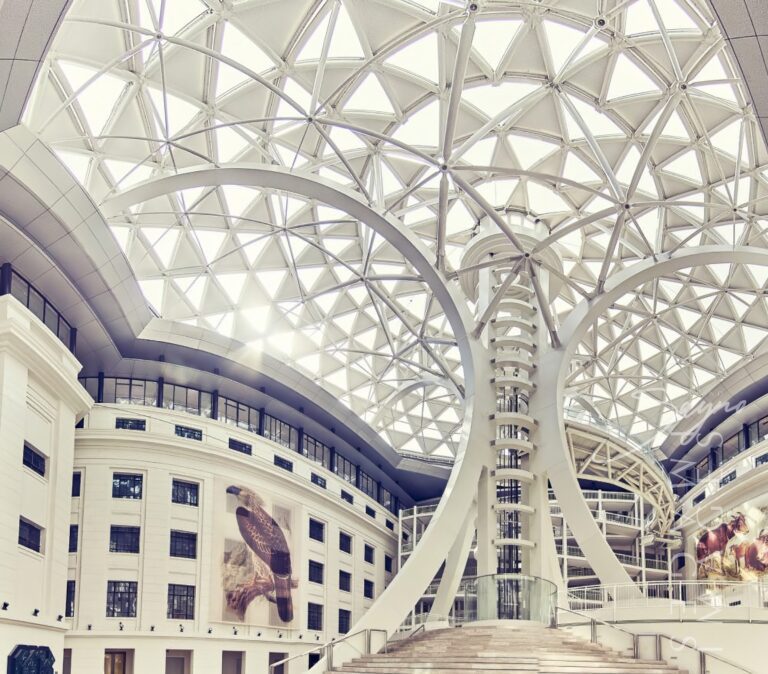
Explore the vibrant tapestry of Manila through its four national museums, each a unique gem in the city’s cultural crown. These four distinguished establishments are
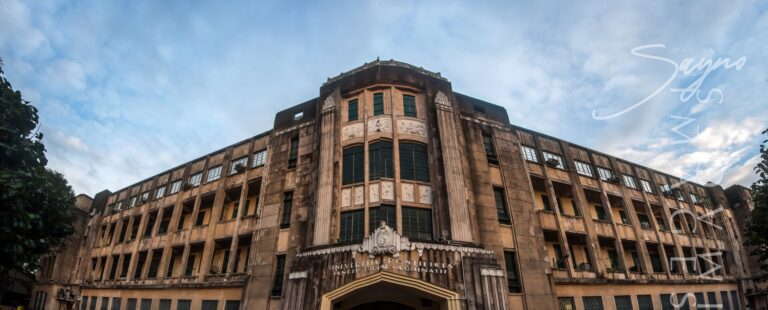
If you’re exploring Manila and looking for more than just the usual heritage stops, make room on your itinerary for a place that blends quiet
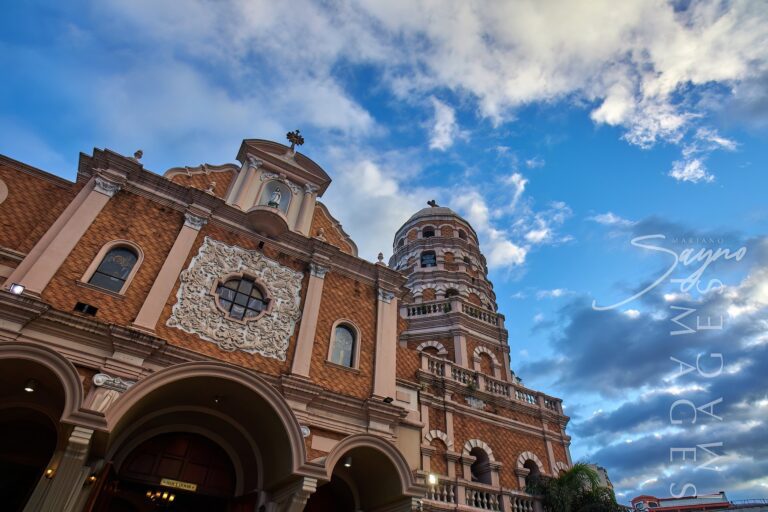
If you’re wandering through the heart of Manila and looking for a place where stories linger and time seems to slow down, Santa Cruz Church
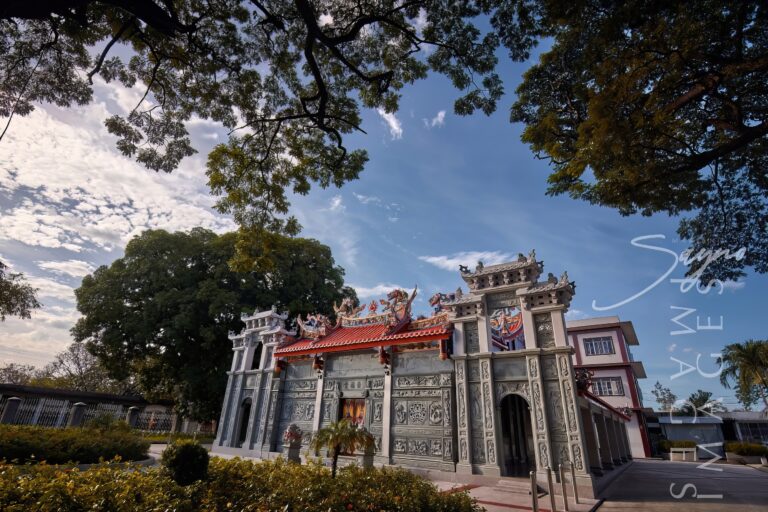
When you think of Manila, you probably imagine vibrant street life, Spanish-era churches, or food stalls dishing out sisig and lumpia. But just beyond the
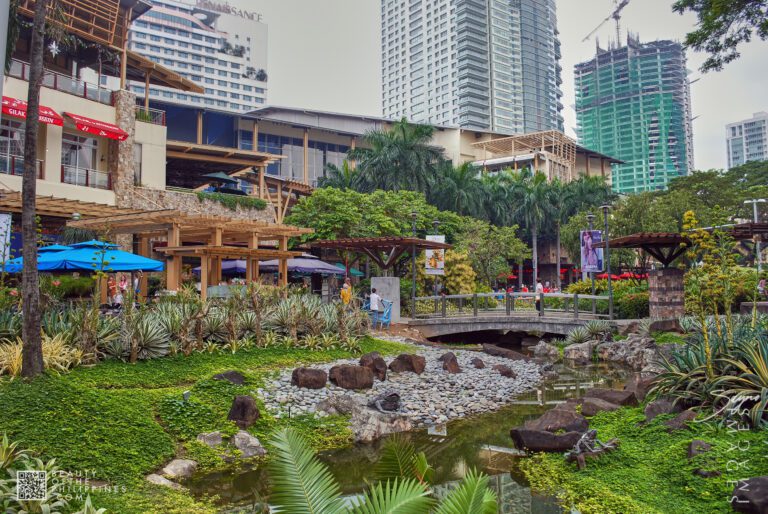
In the heart of bustling Makati, where glass towers slice the skyline and business moves at lightning speed, there’s a place that feels like a

Located in the heart of San Juan City, Metro Manila, the San Juan – Pinaglabanan Memorial Shrine serves as a powerful reminder of the bravery
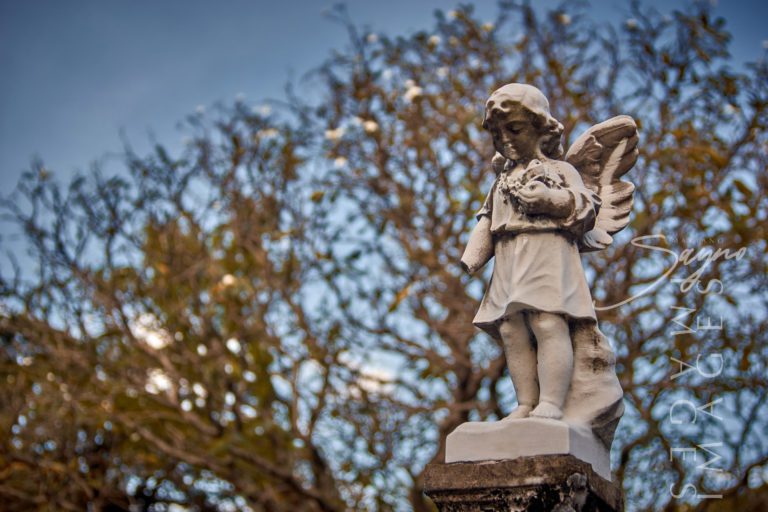
As one of the oldest cemeteries in Manila, Campo Santo De La Loma, commonly referred to as the La Loma Cemetery, is one of the
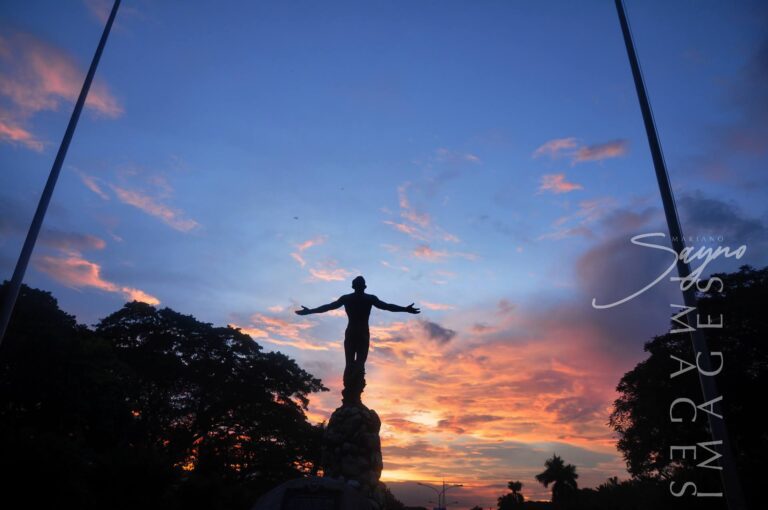
If you find yourself wandering through the sprawling campus of the University of the Philippines (UP) Diliman in Quezon City, you’ll undoubtedly encounter one of
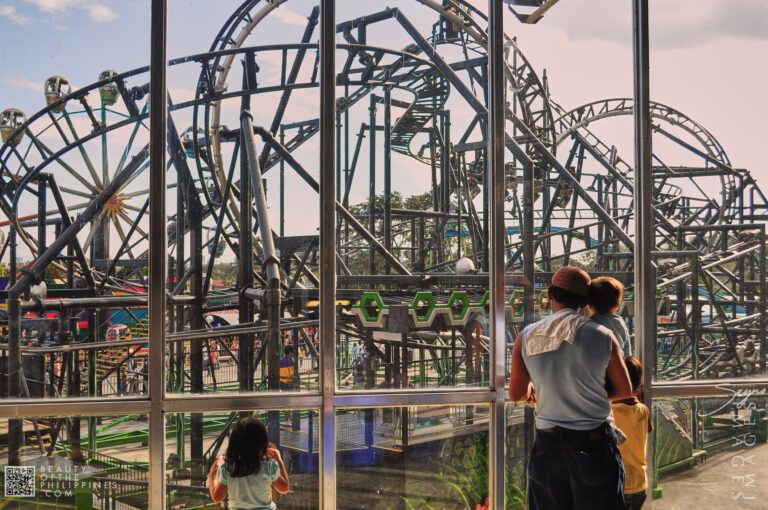
Nestled in the heart of Pasay City within the Cultural Center of the Philippines Complex, Star City stands as one of the premier amusement parks
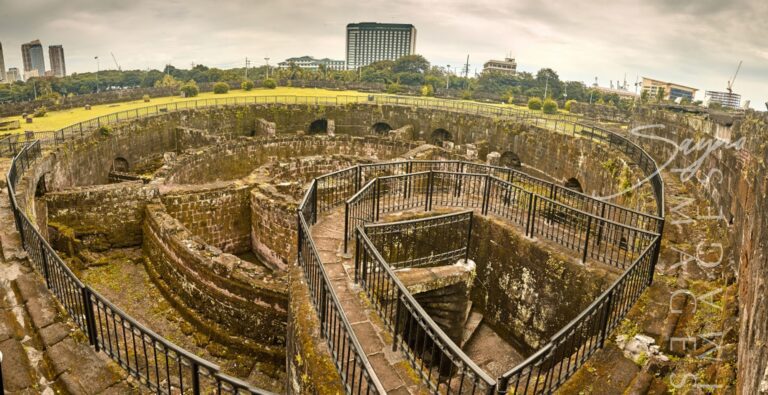
You know how sometimes, you stumble upon a place that feels like stepping straight into a history book—except the pages come alive? That’s exactly the
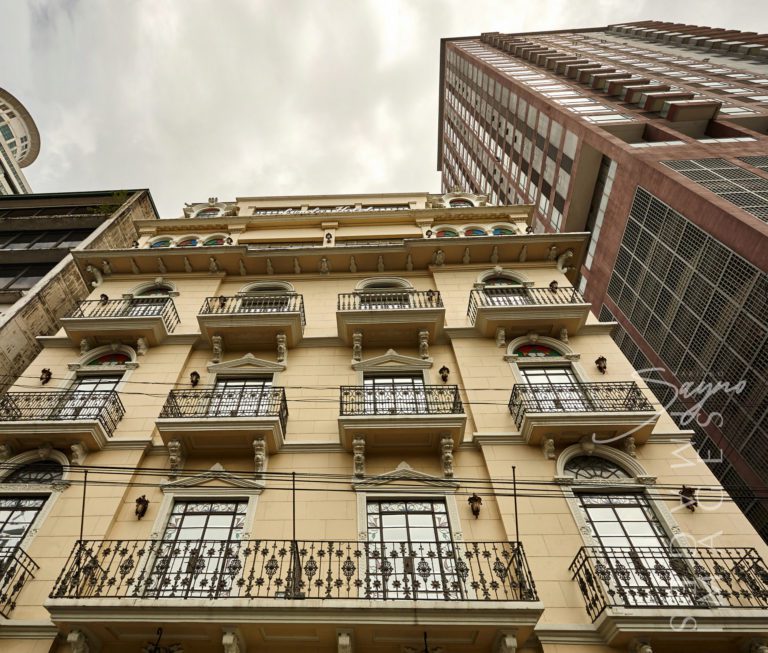
It is always a surprise for buildings, parks and houses to survive such wars as it is almost inevitable that everything will be brought down
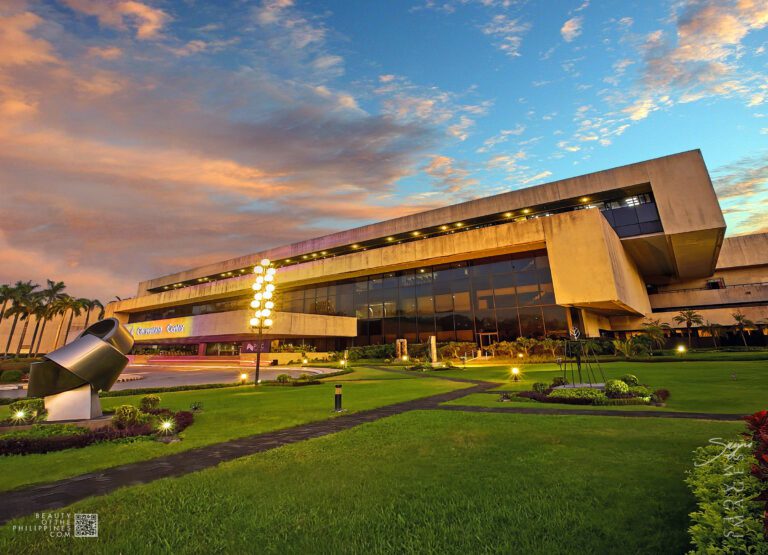
The Philippine International Convention Center (PICC) stands as a monument to the Philippines’ ambition to be a key player on the global stage. With its
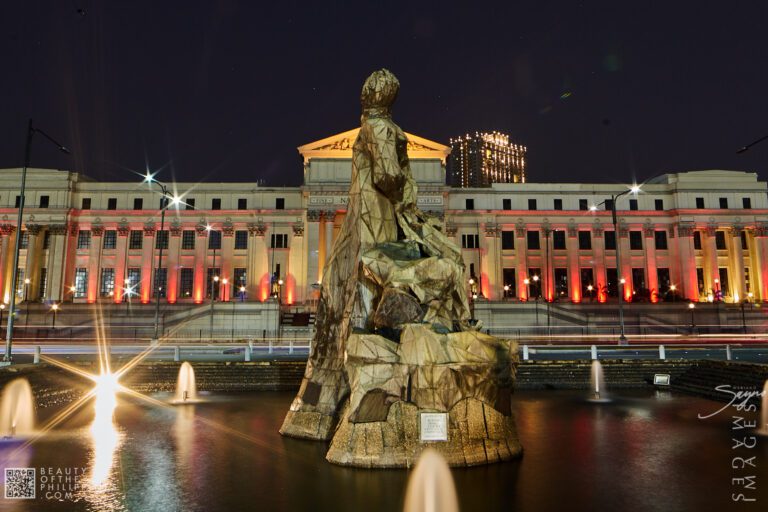
The Gomburza National Monument, located in front of the National Museum of Fine Arts along Padre Burgos Avenue in Manila, stands as a solemn tribute
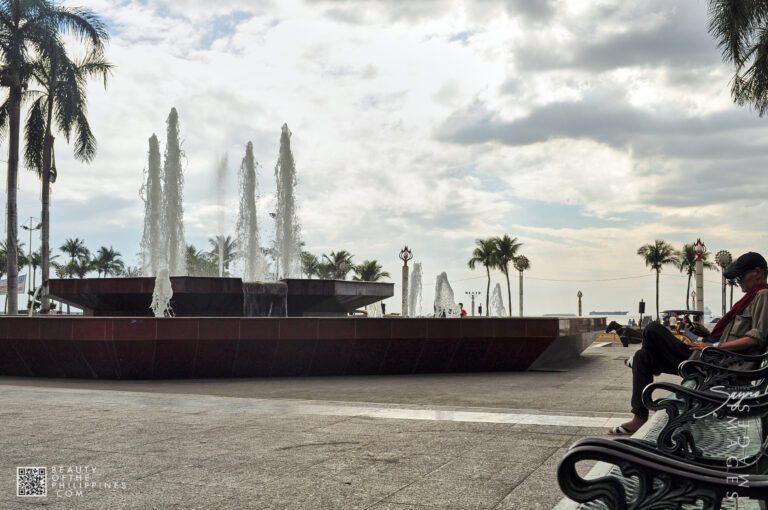
If you’re exploring Manila, one spot you shouldn’t miss is Plaza Rajah Sulayman, a scenic and historically significant public square in the heart of Malate,
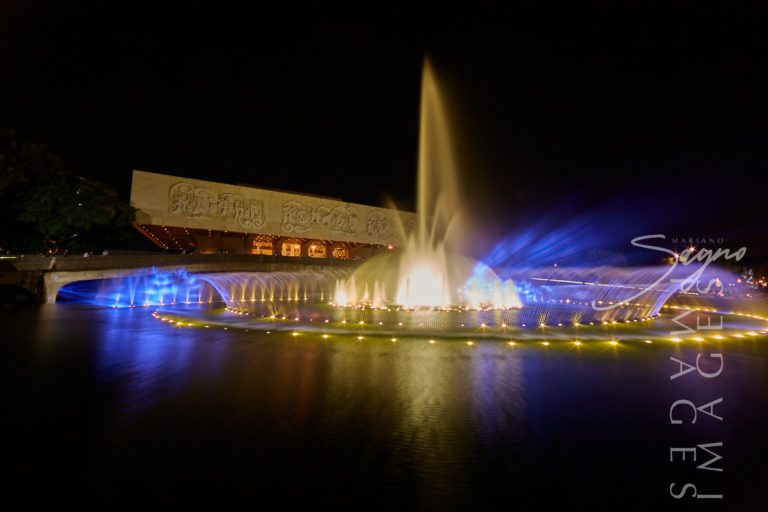
The Cultural Center of the Philippines or CCP was founded in 1966 under the directive of former President Ferdinand Marcos, in order to reinforce and

Nestled in the heart of Manila, Liwasang Bonifacio is a place where history, culture, and modern urban life converge. Formerly known as Plaza Lawton, this

Known as one of the most important baroque churches in the Philippines and as one of the only four baroque churches in the Philippines that
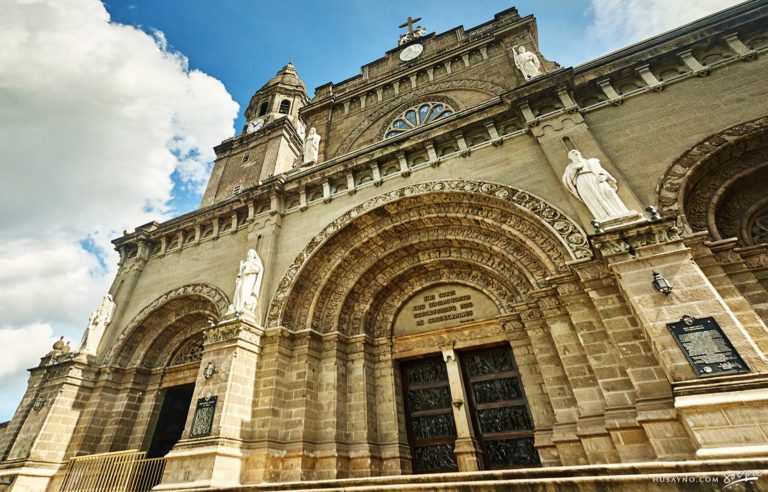
Originally built in 1880, the Manila Cathedral is the current version of the longstanding Church of Manila. It is a masterpiece of architecture that was
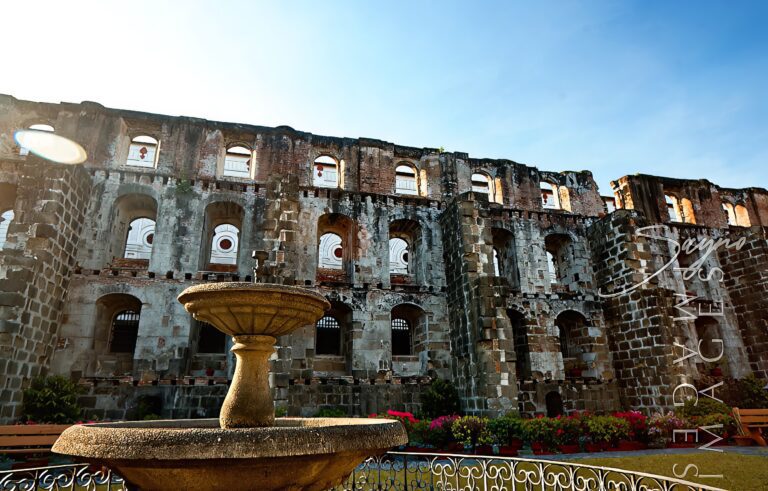
Located within the historic district of Intramuros, Manila, Padre Blanco Gardens—also known as Father Blanco’s Garden—offers a charming and romantic retreat amid centuries-old architecture. This
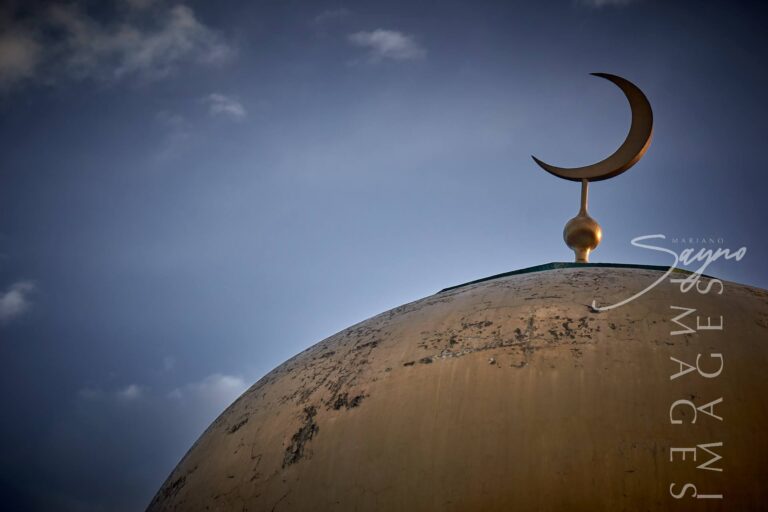
Situated in the heart of Quiapo, Manila, the Manila Golden Mosque stands as a magnificent testament to the rich cultural and religious diversity of the
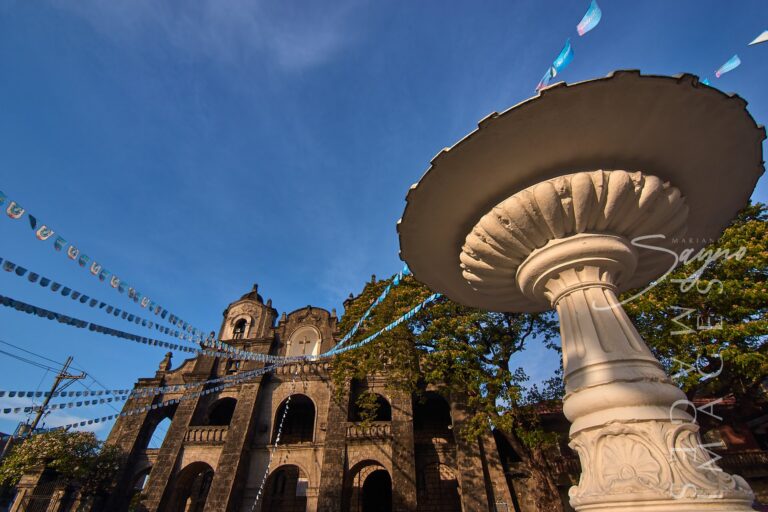
San Juan, a city tucked in the heart of Metro Manila, is often overshadowed by its more famous neighbors, yet it holds within its borders
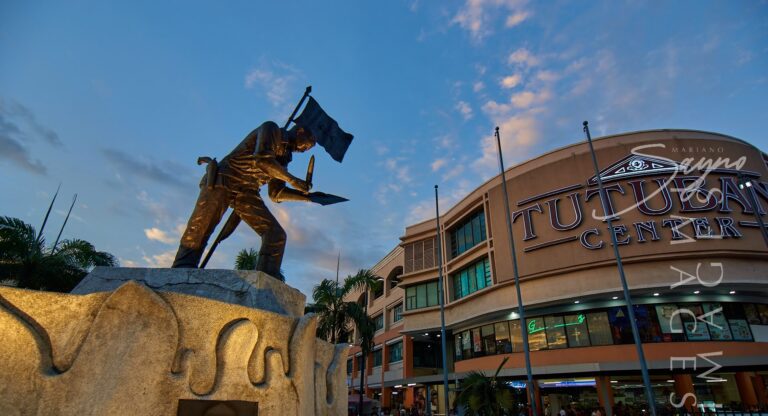
Situated in the heart of Manila, Tutuban Center is more than just a shopping destination—it’s a vibrant mix of history, commerce, and culture that draws
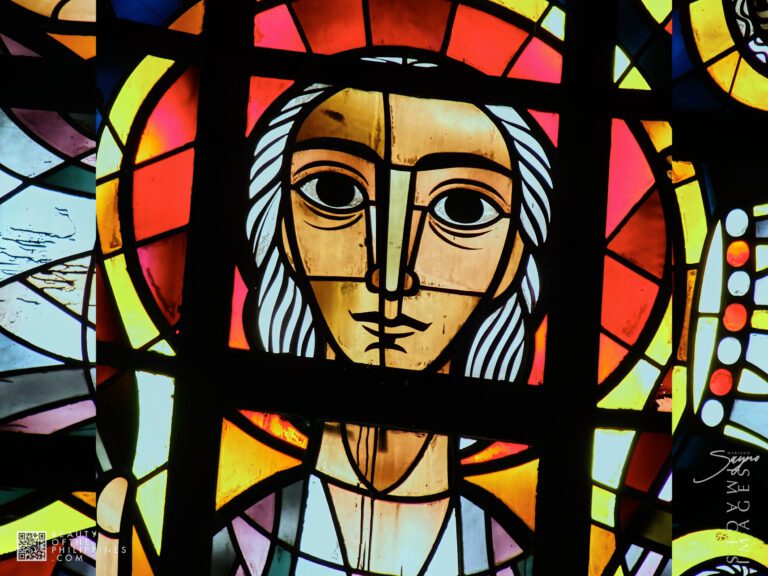
Located in the heart of Quezon City, Christ the King Seminary is not only a center of Catholic education but also a place where spirituality,
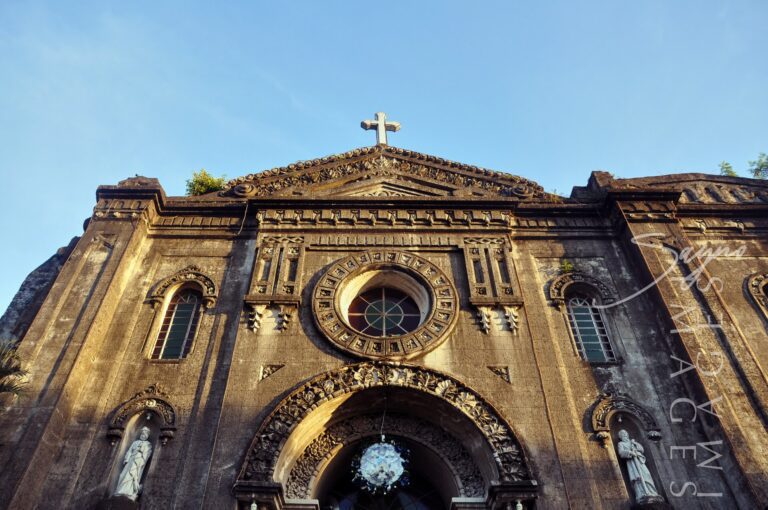
Tucked away in the bustling heart of Makati lies the Guadalupe Church Ruins, an evocative landmark that offers more than just a glimpse of the
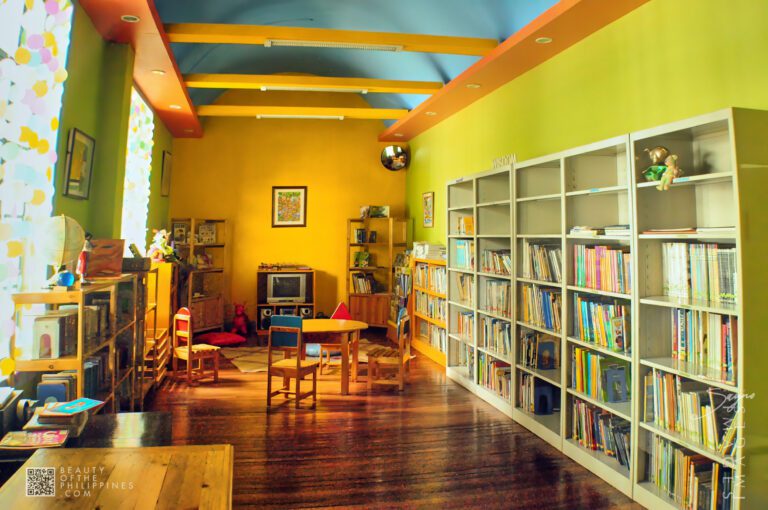
Located along Roxas Boulevard in the heart of Manila, Museo Pambata offers a one-of-a-kind experience where children can learn, play, and connect with Filipino culture
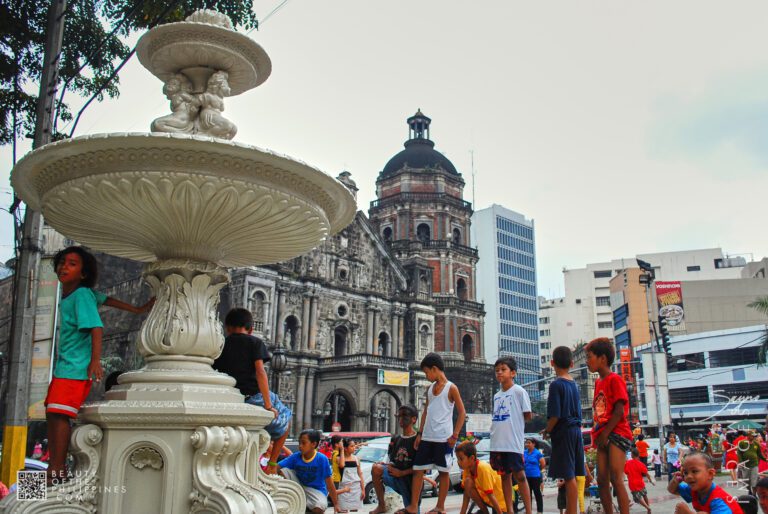
Nestled in the vibrant district of Binondo, Manila, Plaza San Lorenzo Ruiz stands as a historical and cultural gem. Once known as Plaza Calderón de
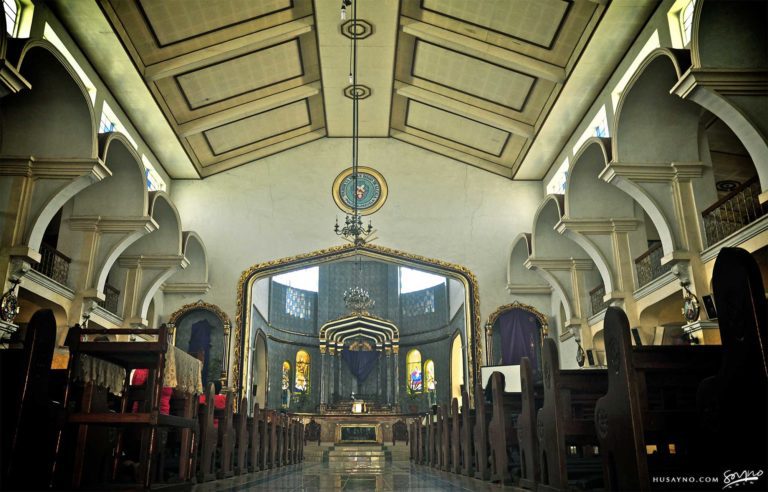
The Polo Church, formally known as the San Diego de Alcala Church, resides in the Polo neighborhood of Valenzuela, Manila. This church has a captivating

It is the home of the popular Asian elephant, Mali, as well as 90 other species. As well as being a landmark in Manila, the
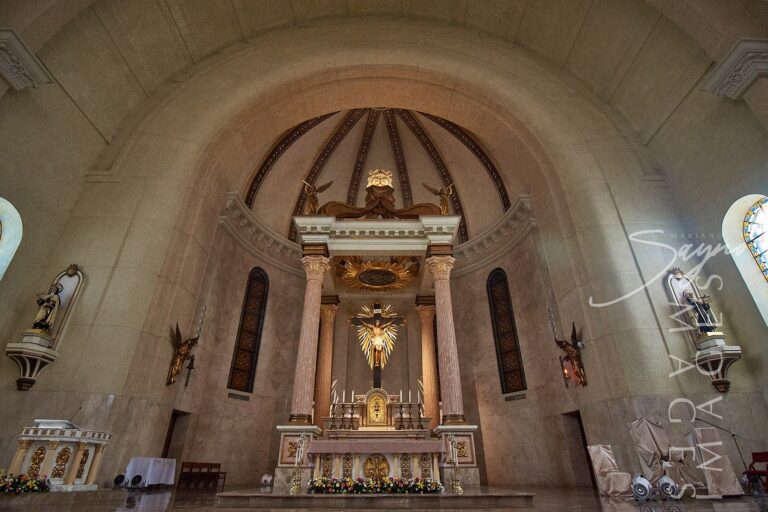
When in Quezon City, one of the most serene and awe-inspiring places to visit is the Mount Carmel Shrine, a haven of peace, spirituality, and
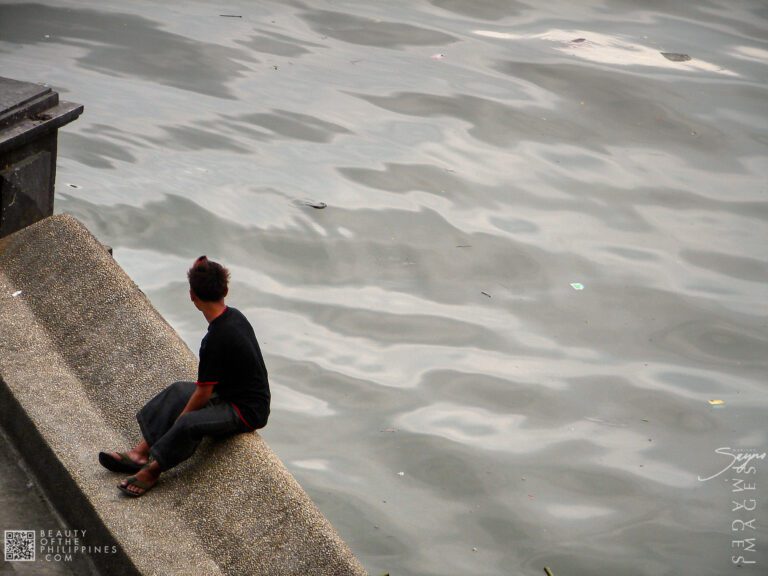
Quezon Bridge, a striking steel arch bridge spanning the Pasig River, is more than just a vital transportation link—it is a historical icon of Manila.
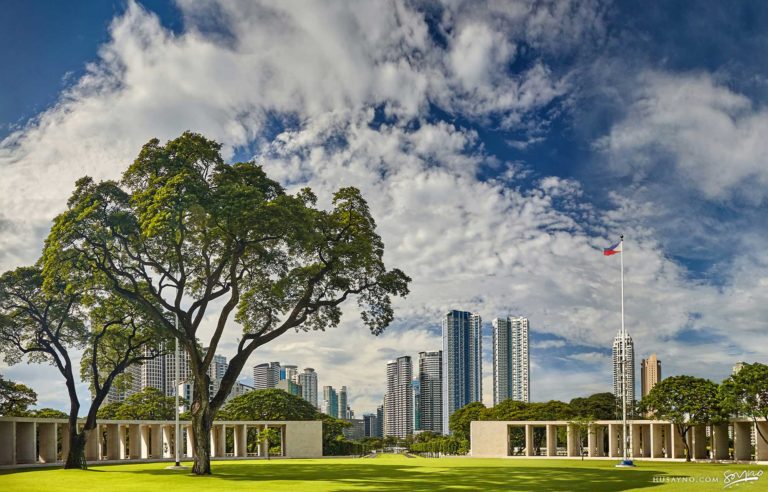
Manila American Cemetery and Memorial is located in the heart of Taguig City on the lands of Fort Bonifacio and serves as the largest grave
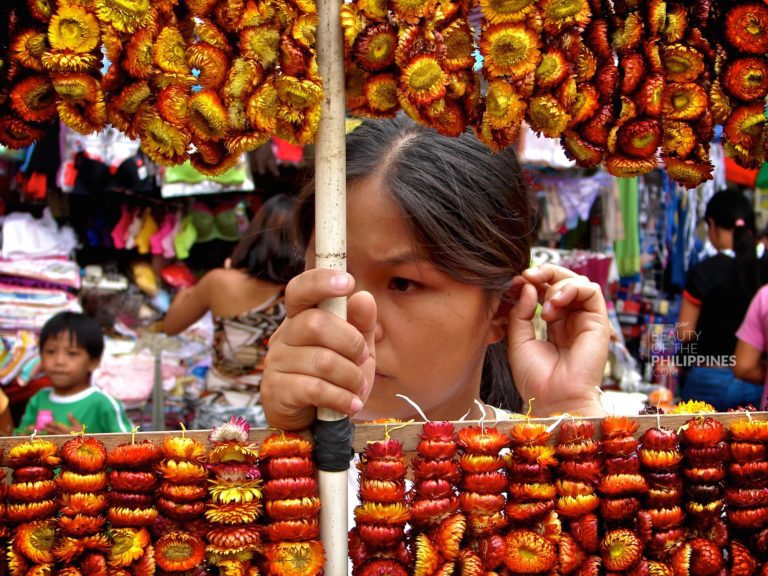
Plaza Miranda is a public square bounded by Quezon Boulevard, Hidalgo Street and Evangelista Street in Quiapo, Manila. It is the plaza which fronts the
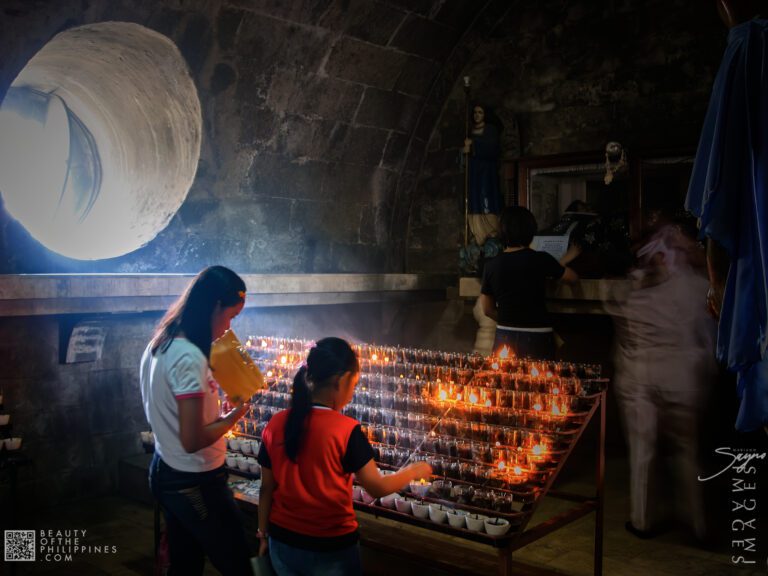
Located in the heart of Taguig City, just a short distance from the bustling Bonifacio Global City (BGC), lies the St. Anne Parish Church, more
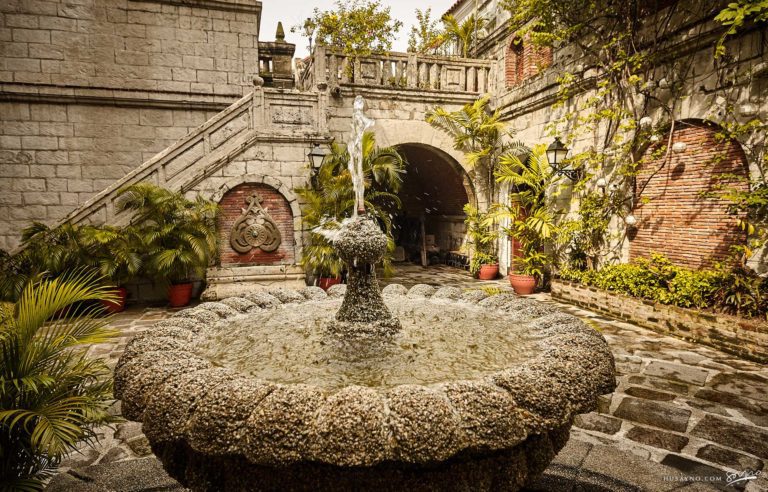
Casa Manila, located in the heart of Intramuros, Manila, is a living museum that transports visitors to the grandeur of the Spanish colonial era. As
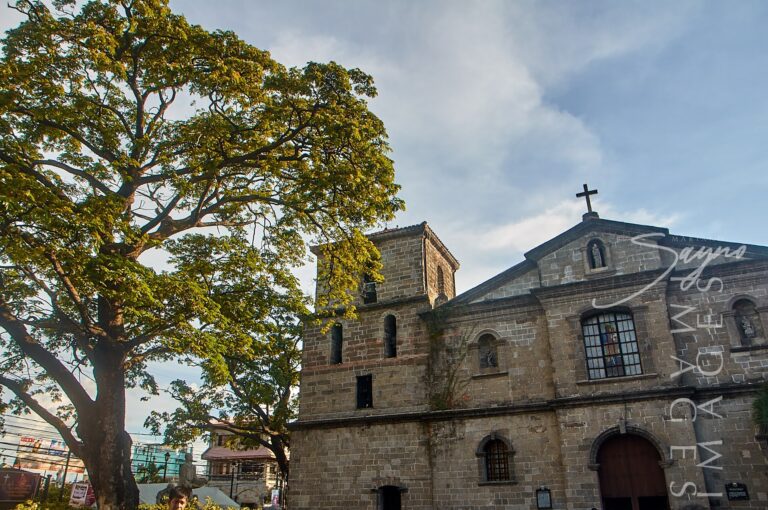
If you’re the kind of traveler who loves uncovering places with soul — you know, spots where history, culture, and a touch of magic come
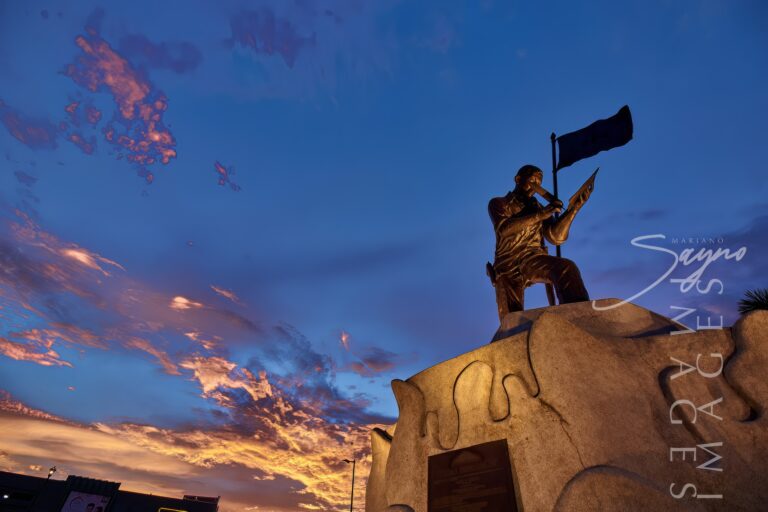
The Andres Bonifacio Birthplace Monument in Tutuban, Divisoria stands as a powerful symbol of Filipino patriotism and a tribute to the courage and leadership of Andres

The National Museum of Anthropology, located in the heart of Manila within the National Museum Complex, is a must-visit destination for travelers eager to explore
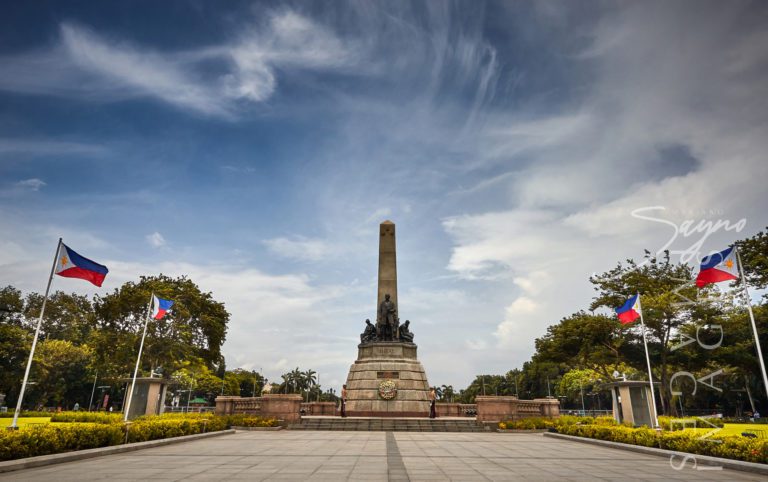
Located along Roxas Boulevard, Manila and adjacent to the century-old walled city of Intramuros, the Luneta National Park, or Rizal Park as many refer to
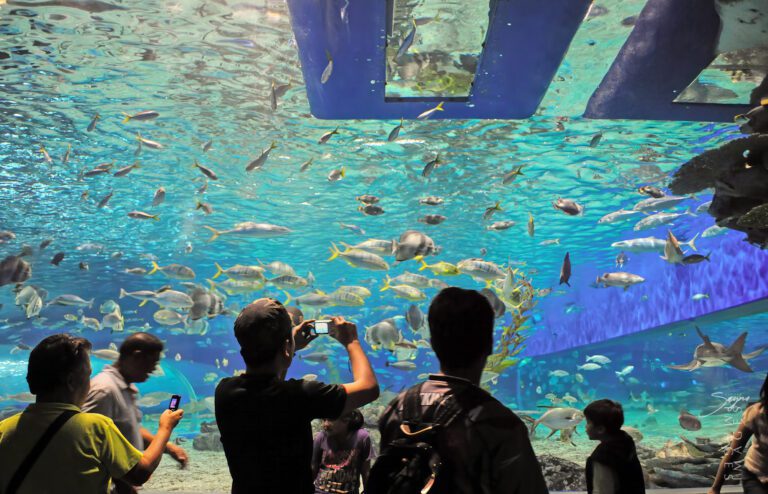
As the nation’s first ever world-class marine theme park, Manila Ocean Park is located in Ermita Manila, within the Philippines’ largest urban resort/aqua-themed hotel complex

The Manila Post Office, officially known as the Manila Central Post Office, is a distinguished example of neoclassical architecture, originally designed by Juan M. Arellano,

If you’re exploring the heart of Manila, you won’t want to miss Seng Guan Temple, a cultural and spiritual gem nestled in the bustling district

I experienced the vibrant and colorful life of downtown in full. I took some time to appreciate the beauty of Santa Cruz Church and Plaza
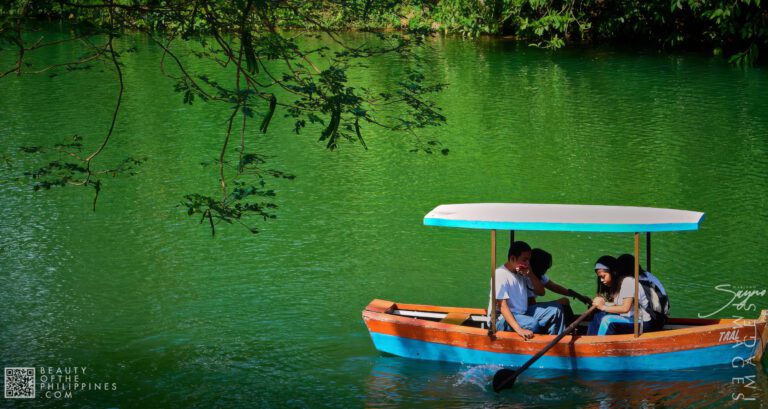
Nestled in the heart of Quezon City, La Mesa Ecopark stands as a serene sanctuary, offering both a retreat for nature lovers and an educational
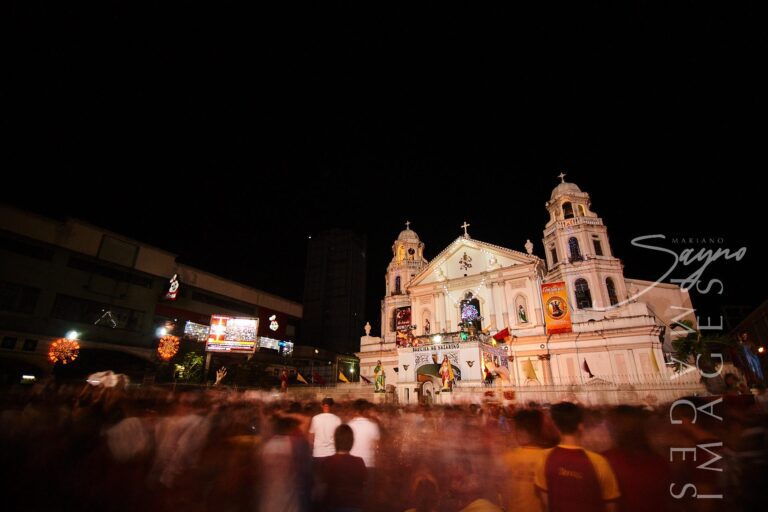
Quiapo, Manila, is home to the historic Quiapo Church, officially known as the Minor Basilica and National Shrine of the Black Nazarene. This revered religious
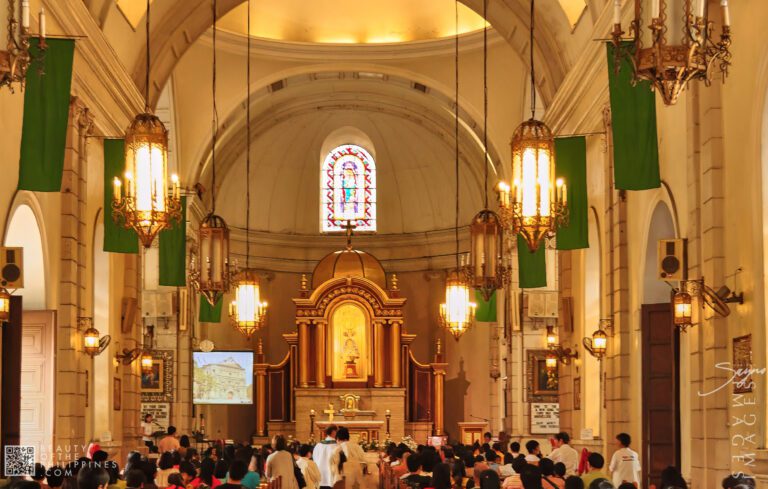
Malate Church stands as a profound symbol of faith, resilience, and artistry, preserving its sacred role and architectural splendor through centuries of triumphs and trials.
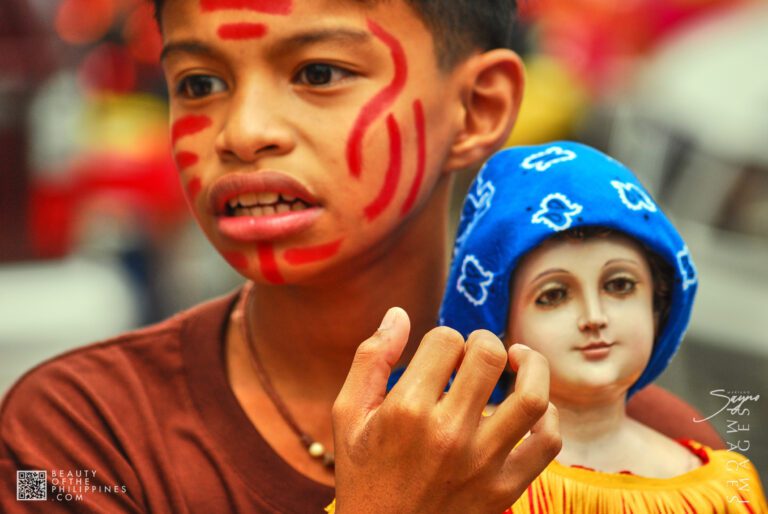
Every January, in the heart of Tondo—one of Manila’s oldest and most storied districts—a celebration unfolds that’s unlike anything else in the Philippines. The Feast
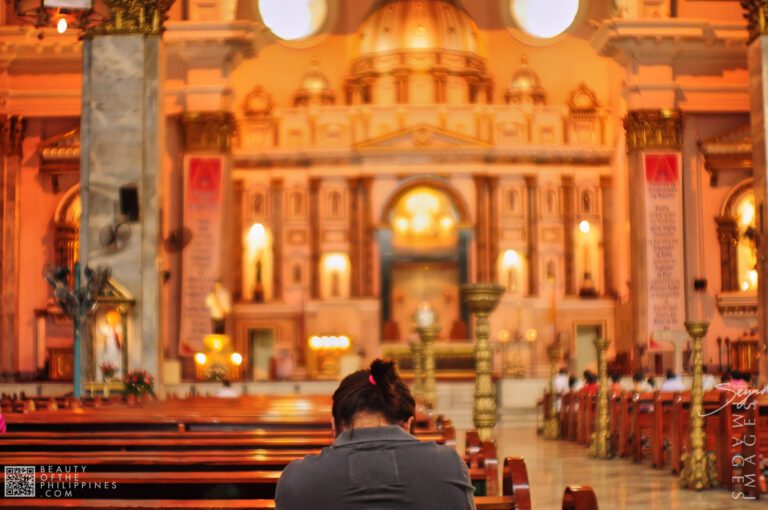
The Binondo Church is a historic church in Manila, located in the District of Binondo, near the Plaza San Lorenzo Ruiz. It was previously called
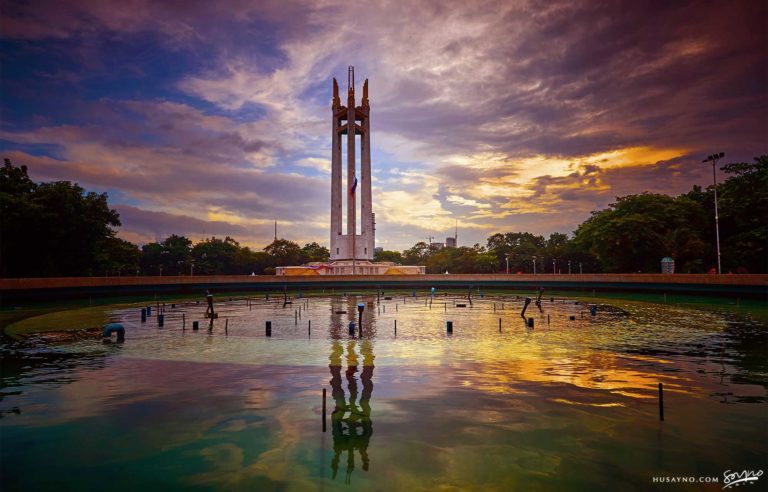
One of Quezon City’s main parks is the Quezon Memorial Circle, which is located in Quezon City and is surrounded by an elliptical road, making
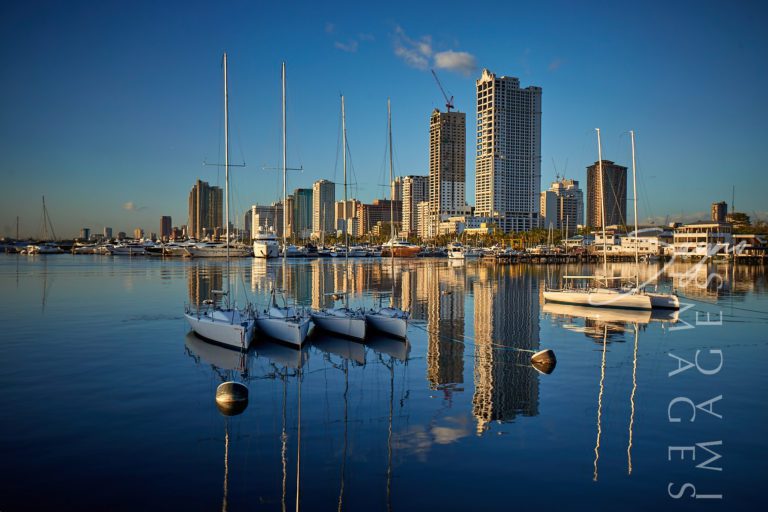
It is considered to be one of the world’s great harbors, the Manila Bay, and it serves as the Port of Manila, Philippines. Having once
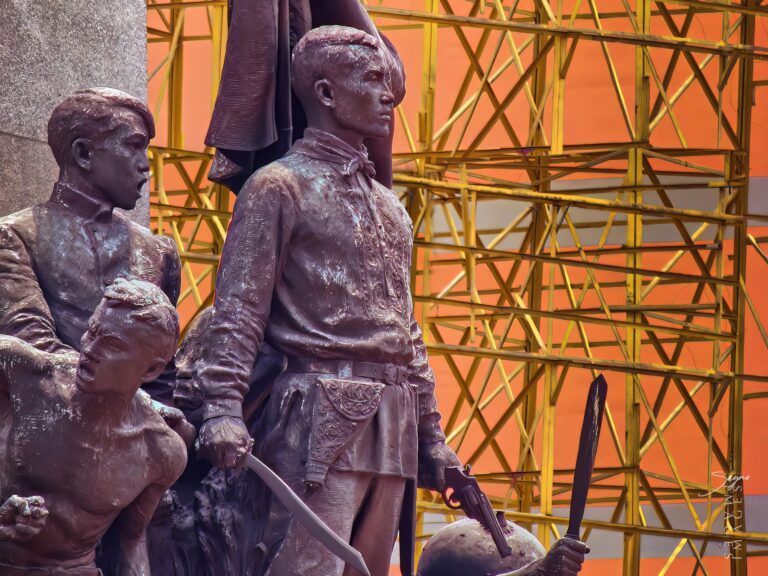
The Bonifacio Monument, also called Bonifacio Monumento or Monumento, proudly stands in Caloocan City, Metro Manila. It is a powerful symbol created by the National
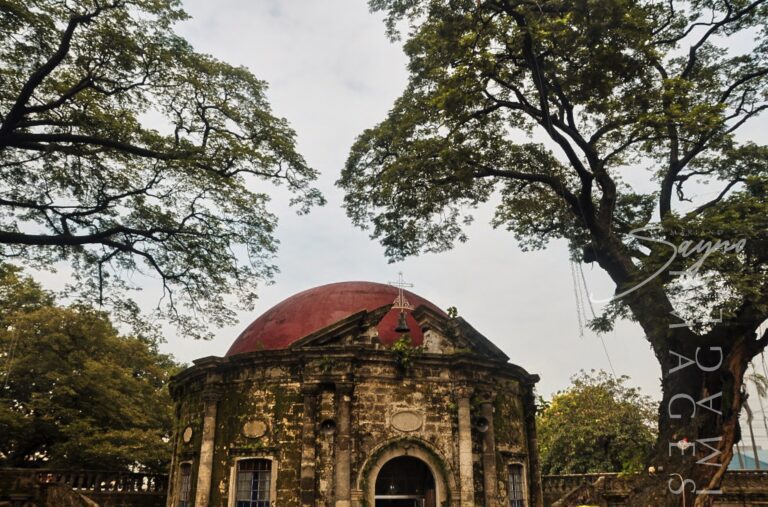
Situated in the bustling city of Manila, Paco Park is a serene oasis that invites visitors to step back in time while enjoying the calm
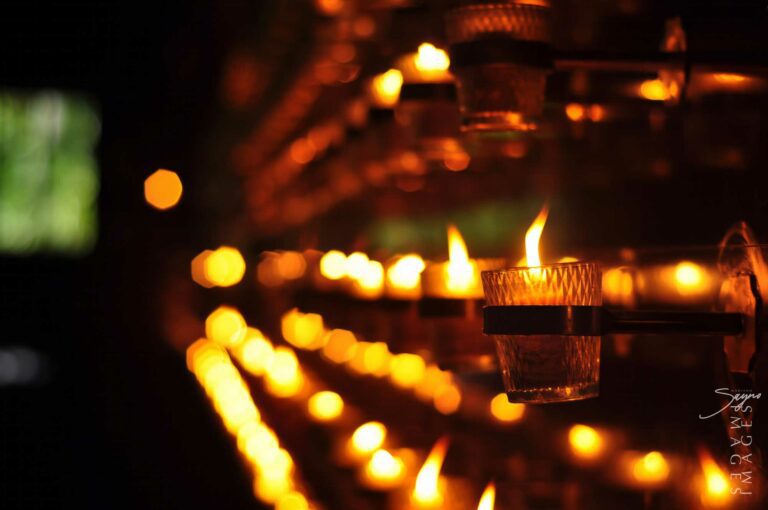
The Padre Pio Chapel, also known as the St. Pio of Pietrelcina Chapel, holds a special place in my heart as a photographer. It revealed
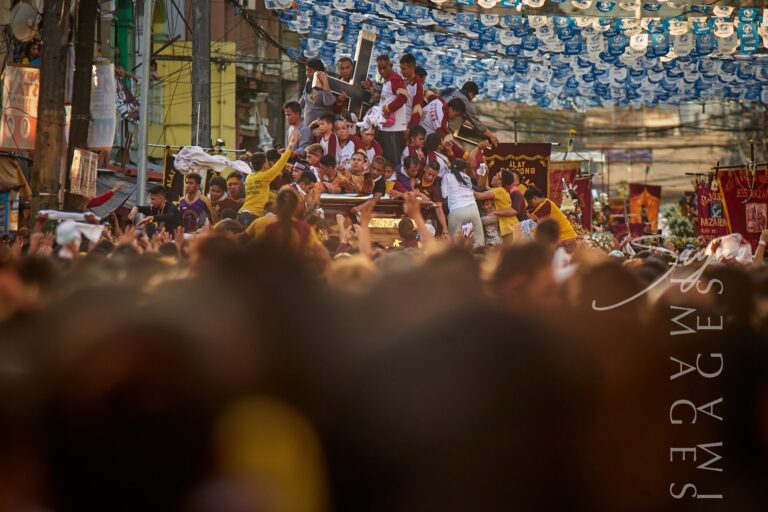
The Nazareno Festival, or the Feast of the Black Nazarene, is one of the most spectacular and deeply moving religious events in the Philippines. Held
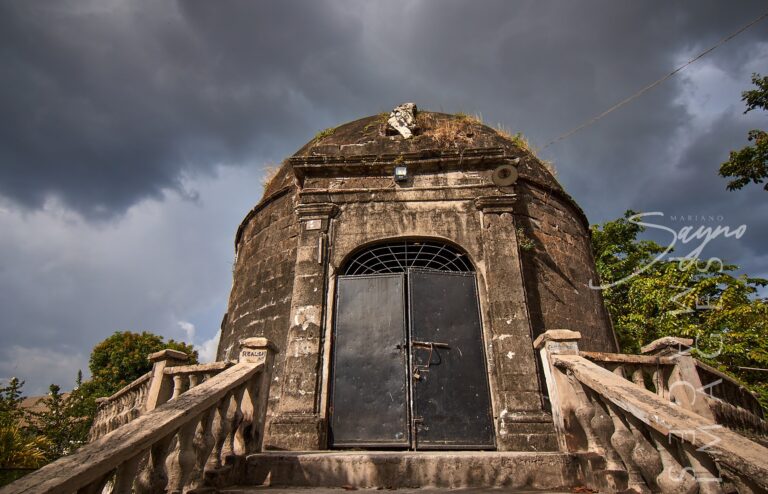
Tucked away in the heart of Taguig City, Metro Manila, lies an intriguing historical site that continues to captivate both locals and travelers alike—the Simborio.
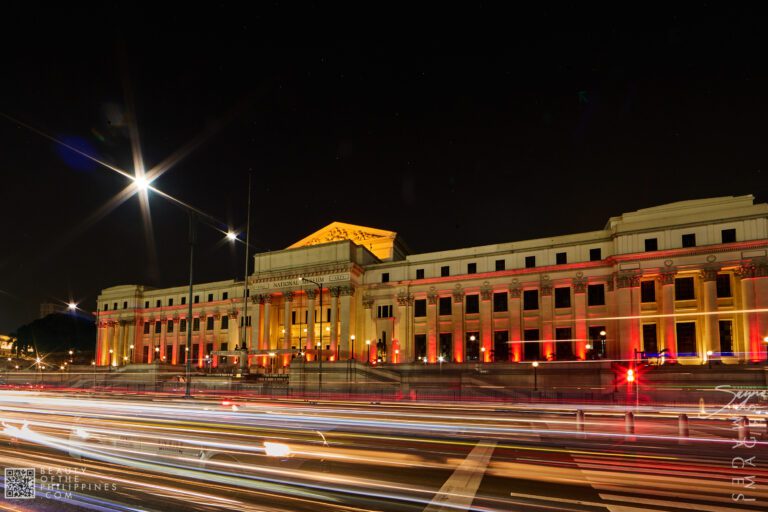
Manila, the vibrant capital of the Philippines, is home to a wealth of cultural and historical landmarks, and among its crown jewels is the National
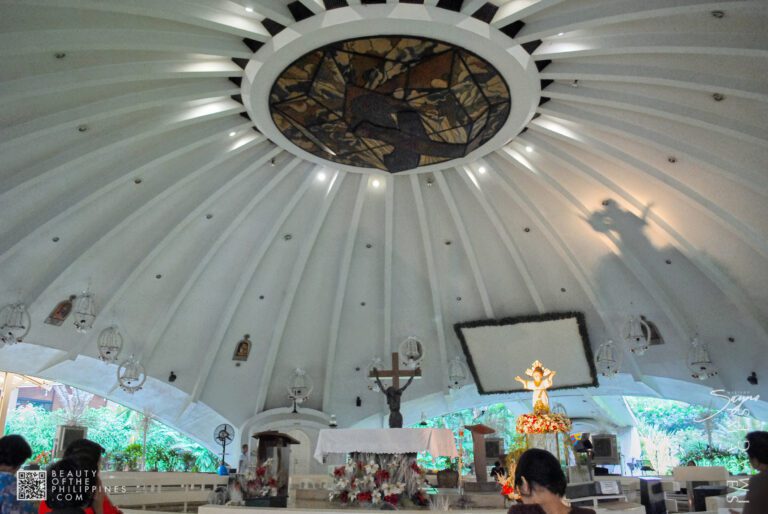
Let’s face it—Makati can be overwhelming. Skyscrapers, honking horns, back-to-back meetings, and the endless buzz of city life. But right in the middle of all
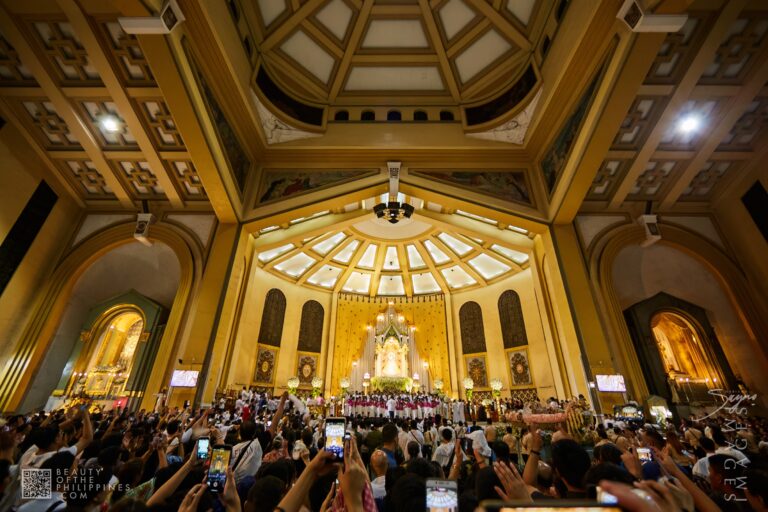
Every October, the vibrant streets of Quezon City come alive with faith, devotion, and rich cultural traditions during the Feast of La Naval de Manila.
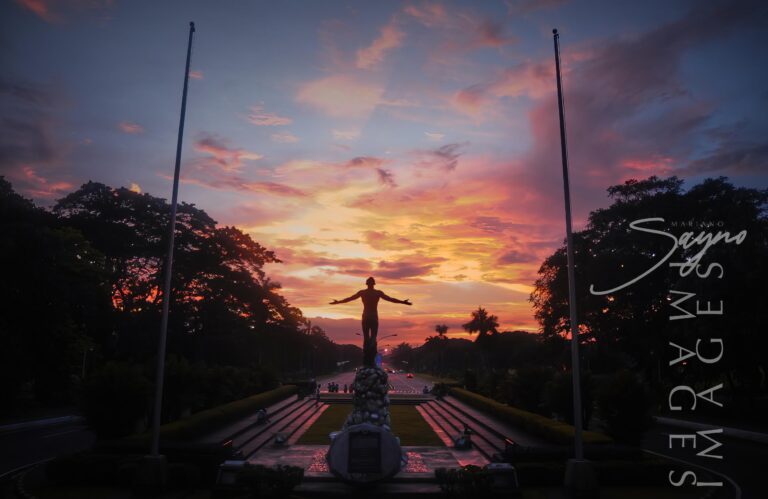
The University of the Philippines Diliman (UP Diliman) is more than just the country’s premier academic institution—it is a historical, cultural, and natural destination worth

The newly restored Jones Bridge is easily recognizable by its beautifully designed black lamp posts—the same ones that were there when the bridge was first
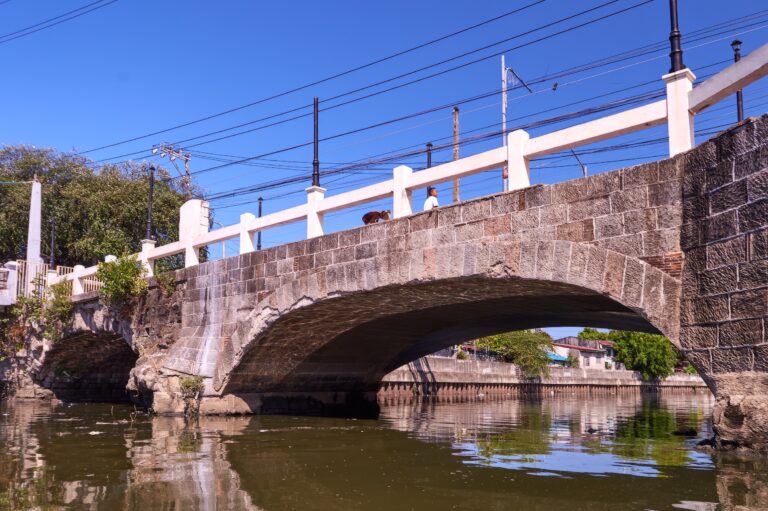
Nestled at the crossroads of Las Piñas in Metro Manila and Bacoor in Cavite, the Zapote Bridge stands as a silent yet powerful witness to
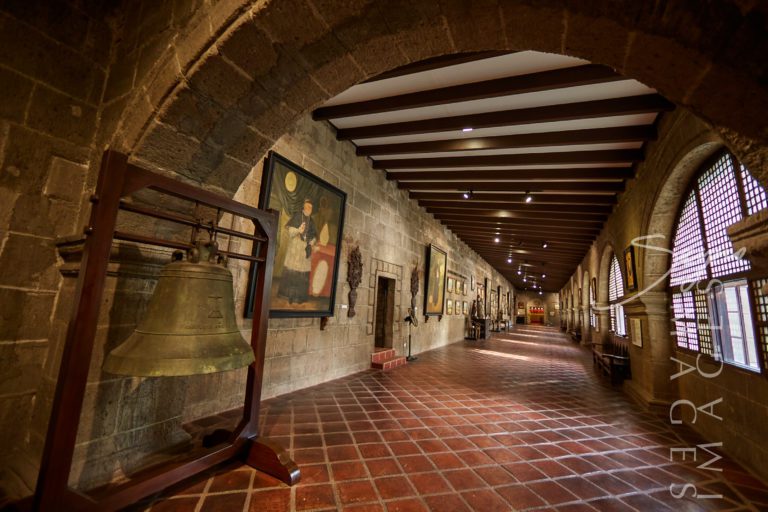
The San Agustin Museum is located adjacent to the UNESCO World Heritage Site, San Agustin Church. It is located in Intramuros—the walled city of Manila—and
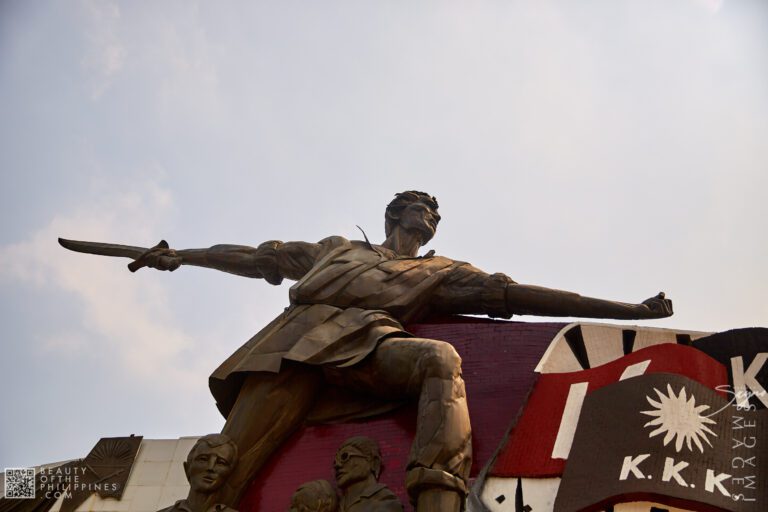
The Kartilya ng Katipunan, also known as Bonifacio Shrine or Heroes Park, is a must-visit historical site in Ermita, Manila, celebrating the legacy of Andrés
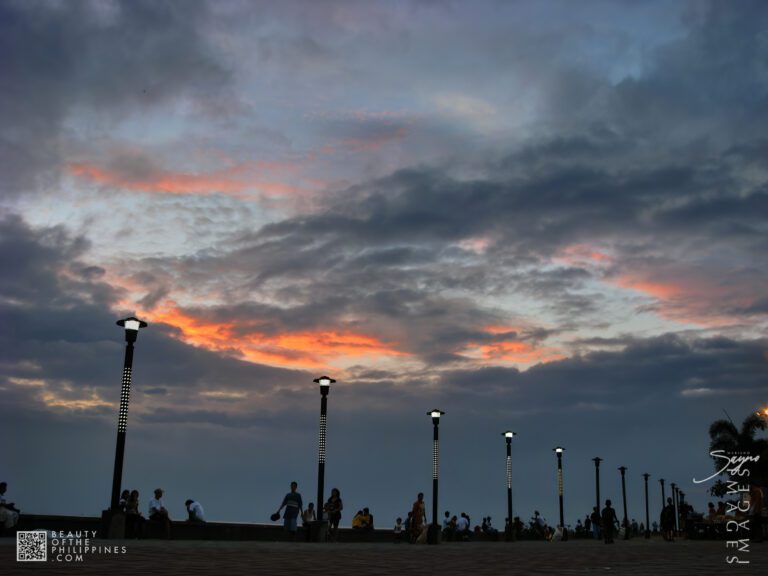
Let’s be real—when you think of tourist spots around Metro Manila, Navotas probably isn’t the first to pop into your head. But you know what?
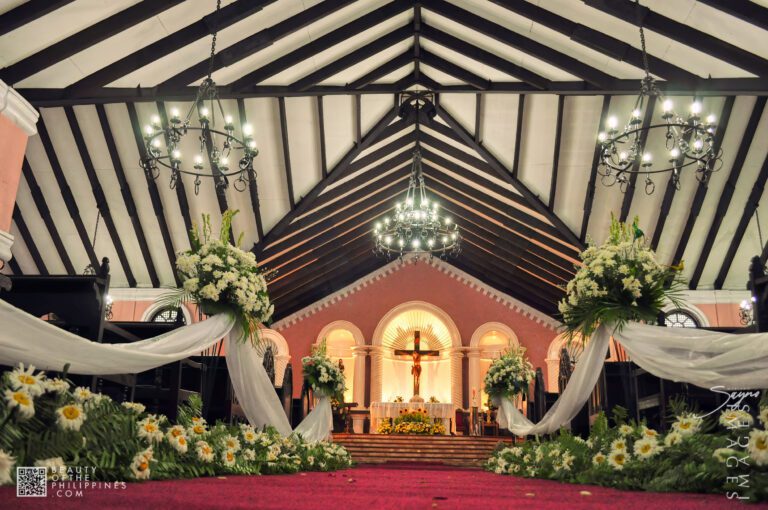
When you think of Malabon, your mind might wander to its famous pancit, old-world charm, or those quiet, flood-prone streets filled with stories from generations
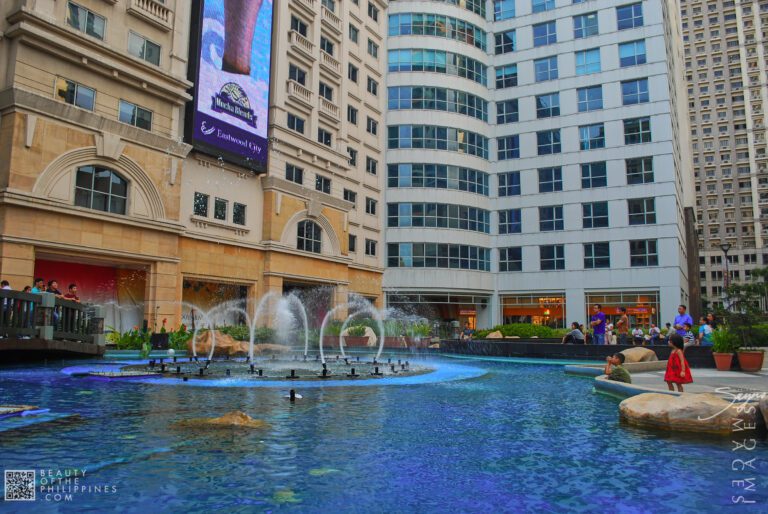
Located in the heart of Quezon City, Eastwood Mall stands as a vibrant fusion of shopping, dining, and entertainment. More than just a mall, it’s

Located in the heart of the Taguig City, the Venice Grand Canal is a lifestyle mall development under the Megaworld Lifestyle Malls Located inside the
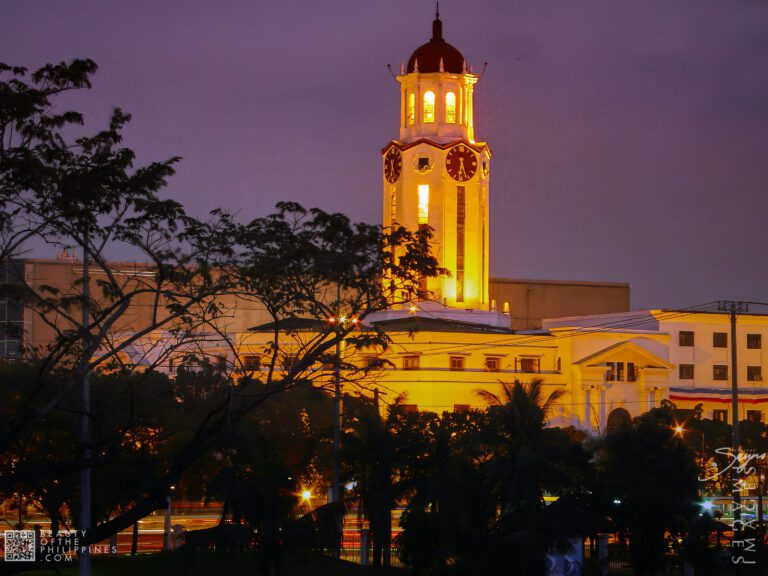
Nestled in the historic district of Ermita, Manila City Hall is more than just the seat of the city’s government—it’s a testament to the rich
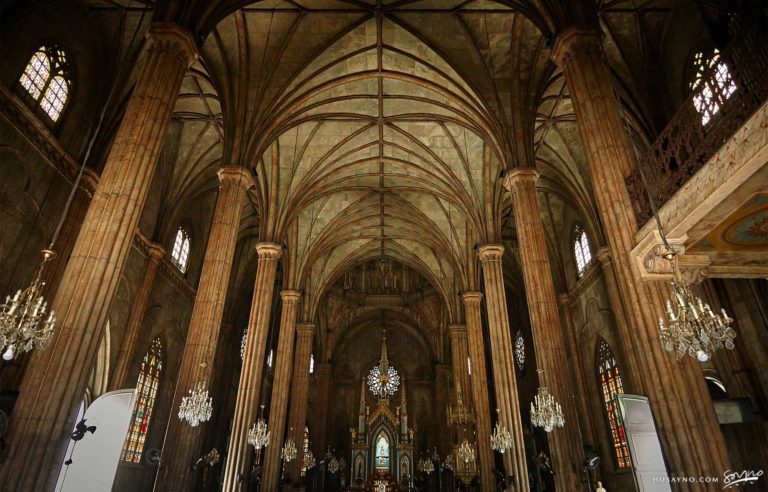
San Sebastian Church is a Roman Catholic Minor Basilica located in Quiapo, Manila. It’s also known as Minor Basilica of San Sebastian or San Sebastian
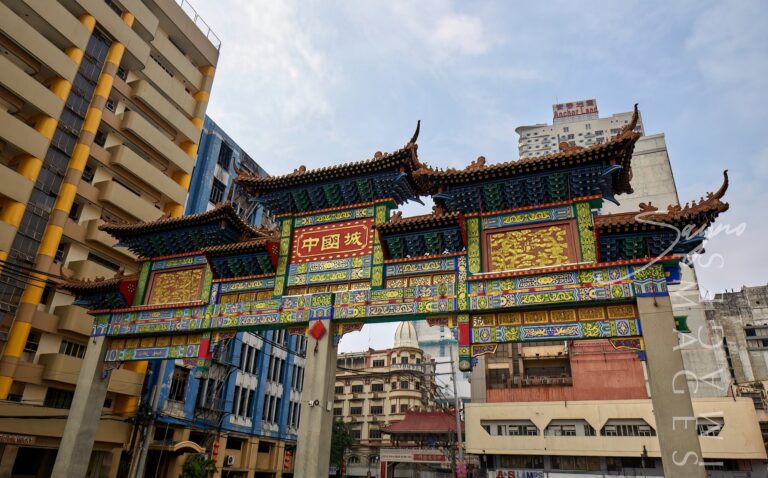
In addition to being considered the oldest Chinatown in the world, Binondo Chinatown is also the center of trade and commerce in Manila City. In

If you’re ever wandering through the lively streets of Manila, one of the city’s must-see spots is the iconic Carriedo Fountain. Nestled in the heart
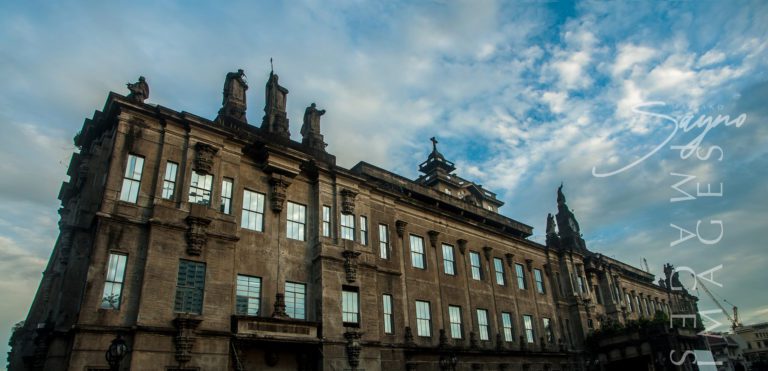
UST, also known as the University of Santo Tomas, is a private Roman Catholic university located in Sampaloc, Manila. It was founded on 28 April
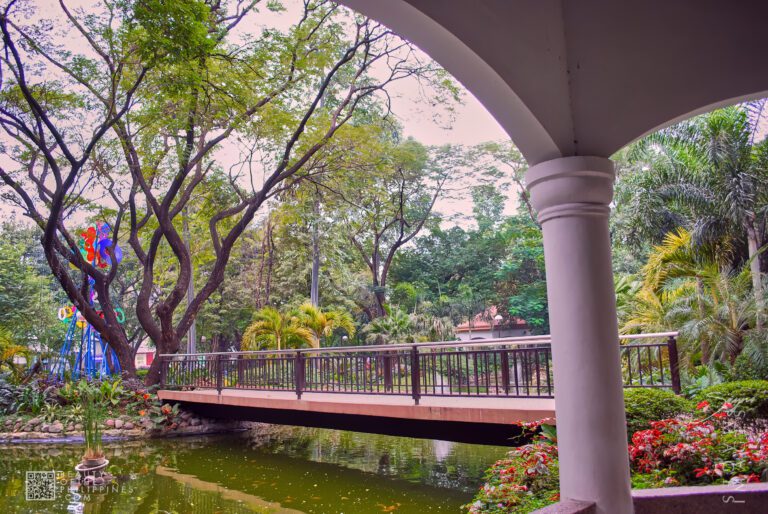
Situated in the lively heart of Makati’s Legazpi Village, Washington SyCip Park provides a serene refuge away from the city’s fast pace. Established in 2006

Situated in the heart of Quezon City, the Ninoy Aquino Parks and Wildlife Center (NAPWC) offers a serene retreat from the bustling streets of Metro
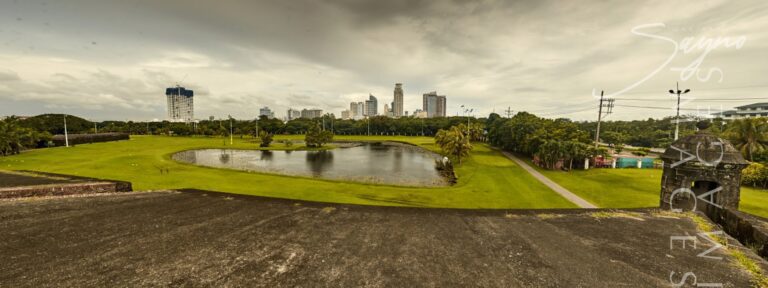
Located within the historical walls of Intramuros, Manila, Intramuros Golf Club is a true gem for both golf enthusiasts and history lovers alike. This iconic
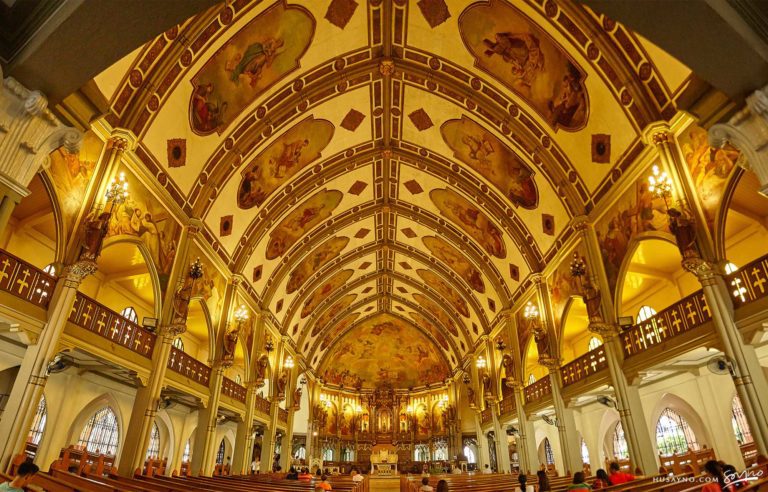
The Manila Abbey San Beda, or formally known as Abbey of Our Lady of Montserrat, is a Benedictine men’s monastery located along the streets of
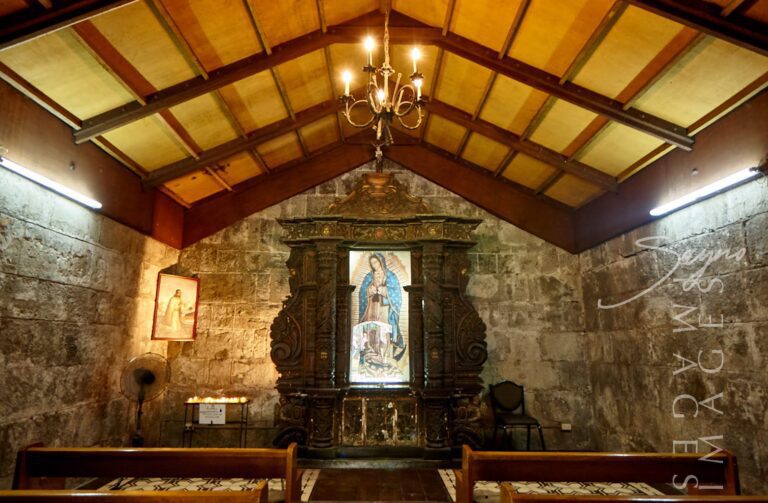
Tucked within the storied walls of Fort Santiago, a landmark that has stood as a silent witness to centuries of Philippine history, the Our Lady
EXPLORE MORE ABOUT THE
Philippines
BROWSE BY CATEGORIES